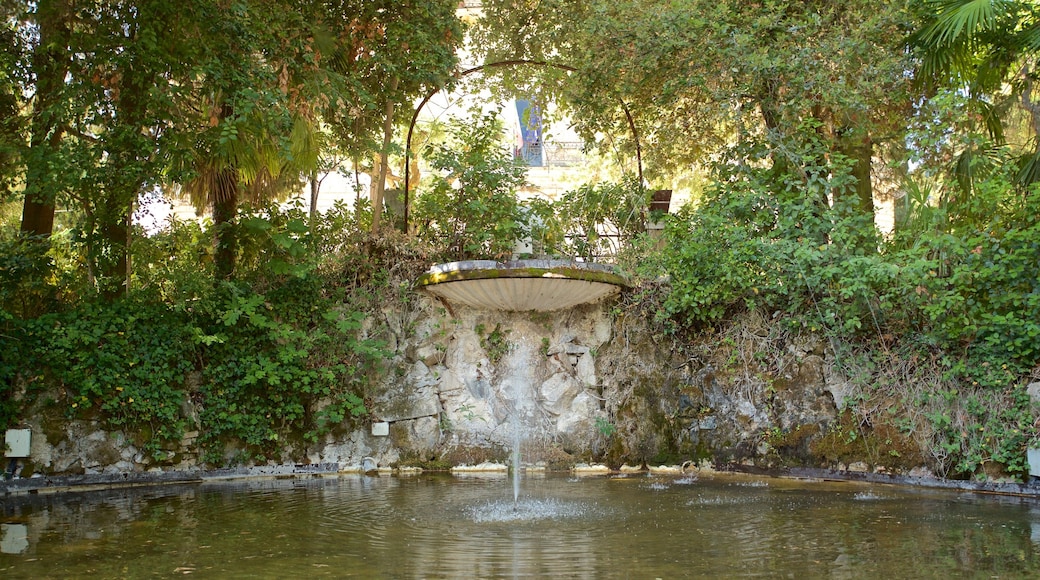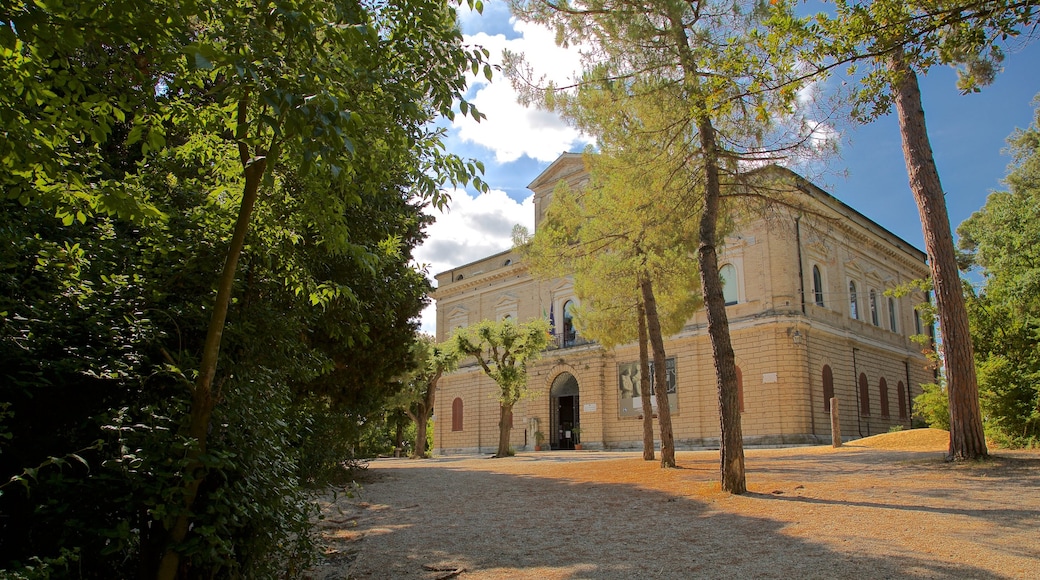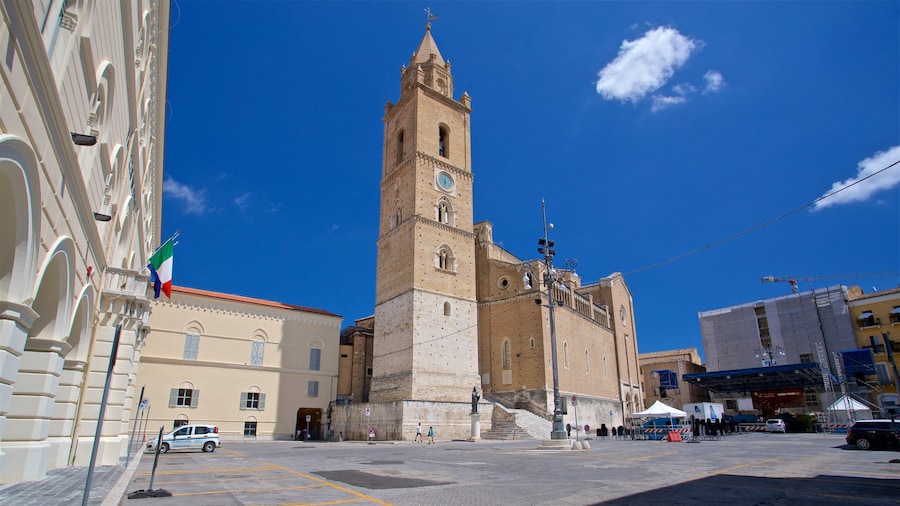A tree-filled park encloses this archaeological museum. Its main attractions include a statue of Hercules and the renowned Warrior of Capestrano.
The National Archaeological Museum of Abruzzo sheds light on the historical excavations and discoveries from around the region. Based in the neoclassical Villa Frigerj, the museum contains collections dating from prehistory to the Late Antiquity era. Admire the arched, gabled windows and raised pediment of the building’s splendid façade.
Enter the museum and pass through the assorted displays for insights into the development of Abruzzo over millennia. See how forms of currency changed between the 4th and 19th centuries in the extensive collection of about 15,000 coins. The museum’s highlight is the Warrior of Capestrano, which dates back to the 6th century B.C. It comprises a 6.5-foot (2-meter) statue that depicts a realistic image of a combatant wearing a large hat.
Reach the Roman Iconography section on the first floor and inspect the statue of Hercules that was found in the ancient town of Alba Fucens. Adjacent lies the Roman Lapidary, where you can find a burial bed and a funeral monument. Stay on this floor for the 19th-century set of jewelry, glass and ivory. Upstairs, find relics excavated from necropolises across Abruzzo.
Reserve a guided tour in advance to chat with a docent about the area’s archaeological history and learn the context behind the displays. The museum opens daily from early morning until evening. It is located in the Villa Frigerj, which was constructed in the 1830s by architect Enrico Riccio. Lay down a blanket on a patch of grass for a picnic in the tree-lined park surrounding the edifice.
The National Archaeological Museum of Abruzzo is south of the city center of Chieti. Walk south from the Terminal Bus Chieti for about 20 minutes to arrive at the museum. Check out some of the surrounding attractions, such as the Museo Universitario di Chieti, the Palazzo Lepri and the Anfiteatro Romano.









